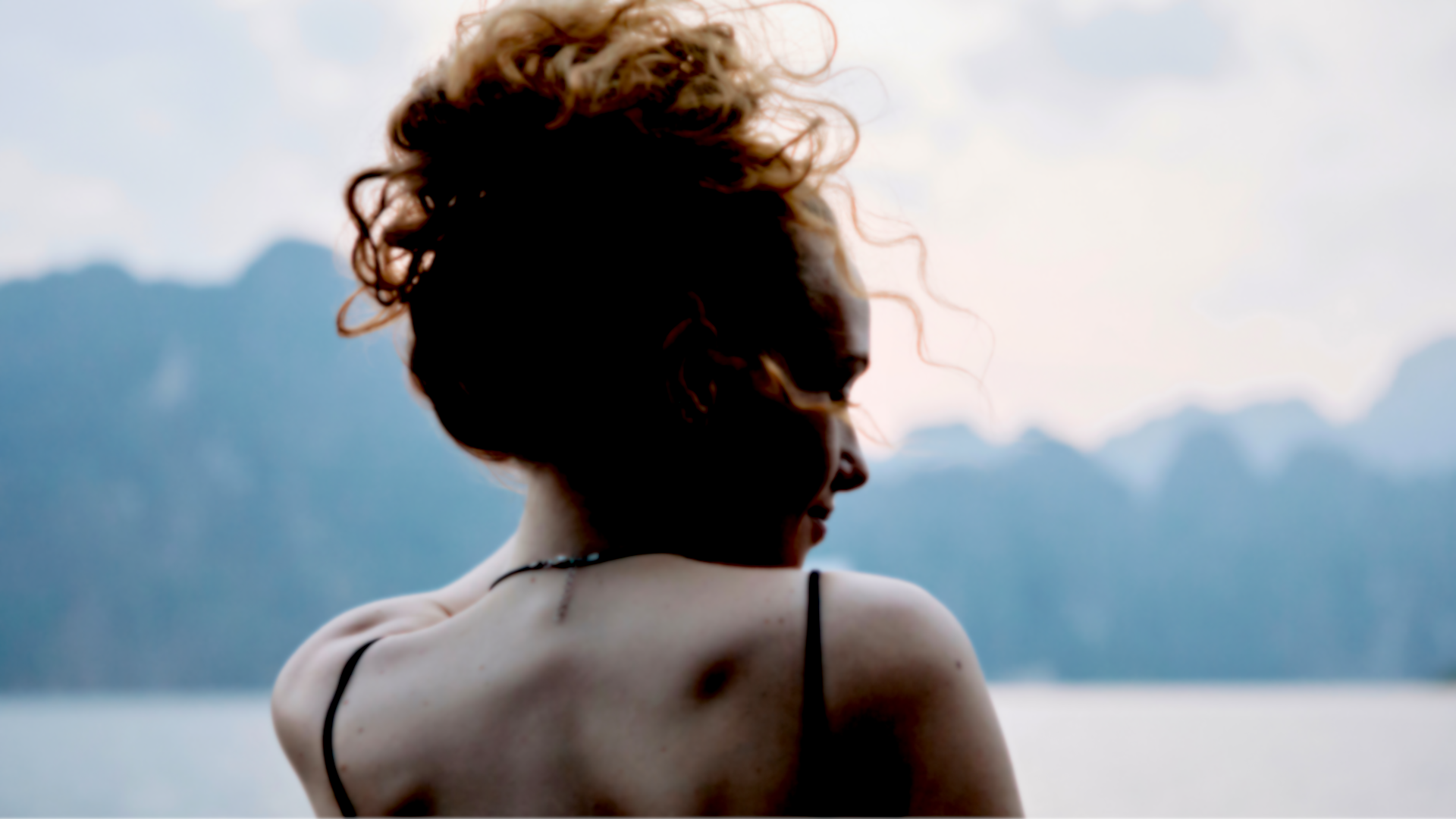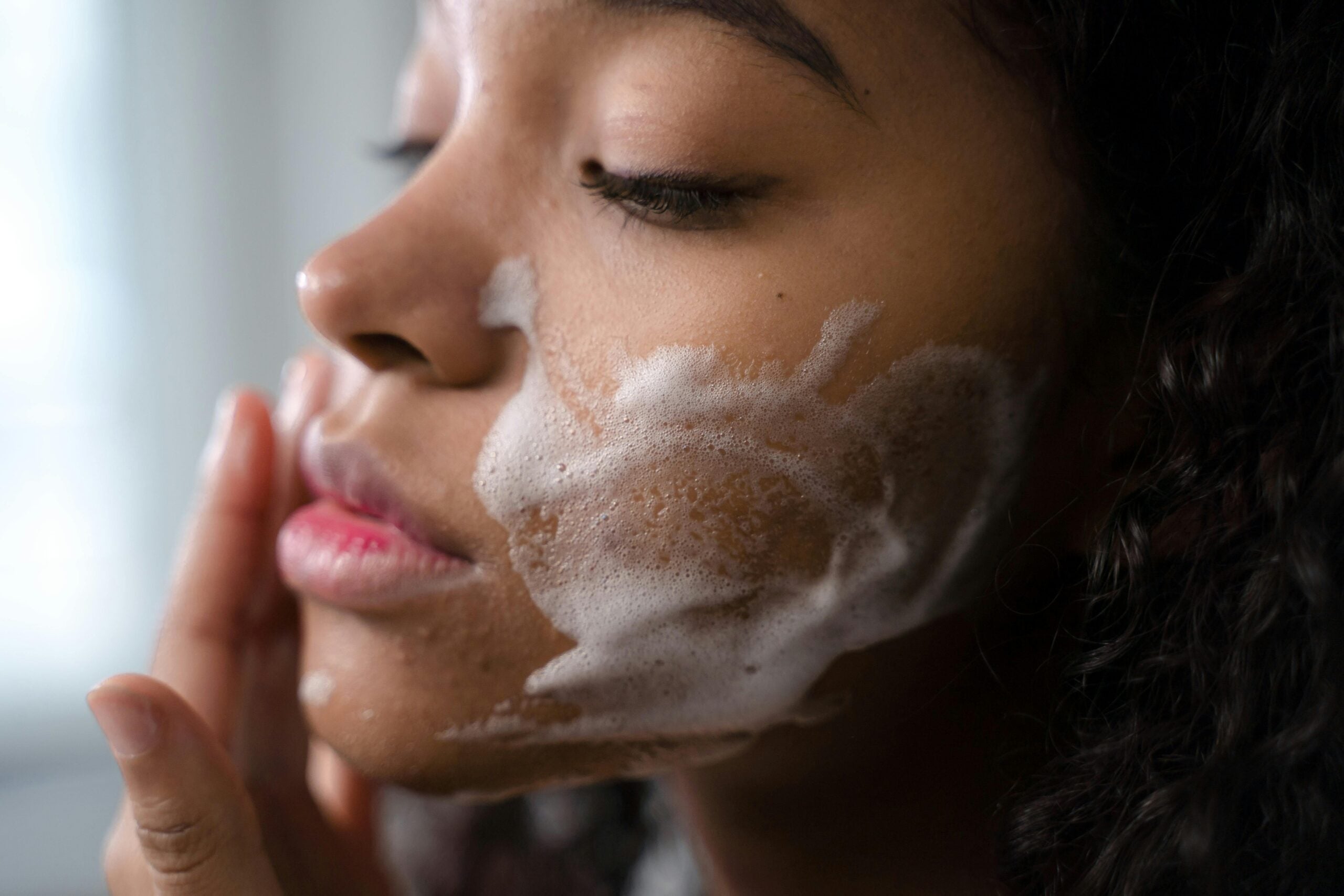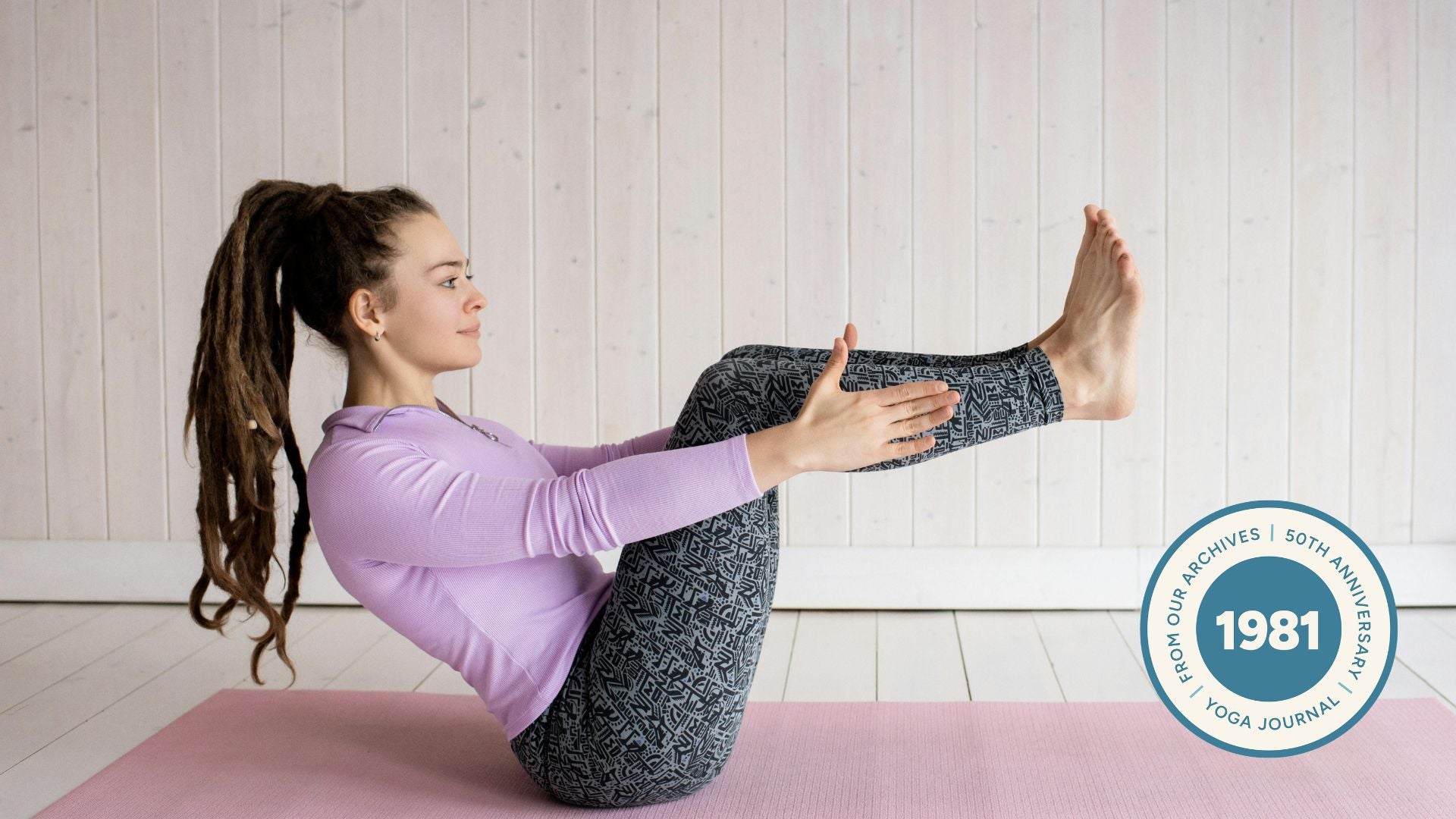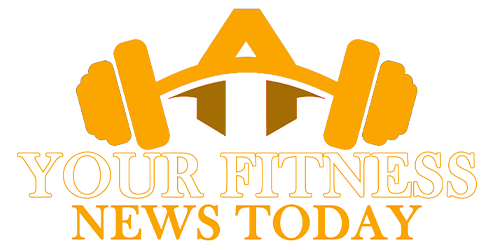“], “filter”: { “nextExceptions”: “img, blockquote, div”, “nextContainsExceptions”: “img, blockquote, a.btn, a.o-button”} }”>
Heading out the door? Read this article on the new Outside+ app available now on iOS devices for members!
>”,”name”:”in-content-cta”,”type”:”link”}}”>Download the app.
Astavakrasana, or Eight-Angle Pose, is named after the sage Astavakra, whose body was bent in eight places after being cursed by his father—asta means eight, vakra means bend or curve. But the story within the story? Astavakra became a sage—not in spite of his crooked body, but because he saw beyond it. His so-called imperfections didn’t hold him back. Instead, they sharpened his insight. He became a wise teacher, using his experience to guide others toward deeper understanding through clarity, presence, and truth.
This pose, like life, doesn’t come easily. It asks you to face complexity and challenge—not with force but with intelligence, clarity, and composure. Just like the sage, we learn that with steadiness and self-awareness, we can often overcome far more than we think.
The following sequence was designed to help you do exactly that—to meet the twists and turns with grace and determination. We might not always know what’s coming next, but we can train ourselves to be steady, clear, and ready when challenges present themselves.
A Sequence to Come Into Eight-Angle Pose
The following class that I teach builds toward two essential physical actions—not through tricks, but through thoughtful preparation:
- Getting Your Leg Onto Your Arm
This requires deep hip flexion, inner thigh mobility, and enough space along the side waist to hook your leg high. We prep this with poses such as Lizard (Utthan Pristhasana), Yogi Squat (Malasana), and Extended Side Angle (Utthita Parsvakonasana) with your hand placed inside the foot. - Intertwining Your Legs While Turning Your Torso
The thighs, shins, and calves must wrap and squeeze while the abdomen rotates. This action is developed through Eagle Pose (Garudasana), Revolved Side Angle (Parivrtta Parsvakonasana), and Revolved Abdomen Pose (Jathara Parivartanasana).
Each pose in the sequence supports one or both of these actions. Even though the final shape is full of twists and turns—just like the sage it’s named for—breaking it down into clear, repeatable parts gives us a way through. Astavakra didn’t overcome complexity by avoiding it—he moved through it with insight. By the time we reach the peak, we’re not guessing—we’re putting the pieces together with purpose.
Key Poses to Prep for Eight-Angle Pose
Warm-Up Poses
Child’s Pose | Balasana or Adho Mukha Virasana
We begin by lengthening the side body—reaching forward with the upper body as the hips draw back. Child’s Pose is also a simple, easeful way to explore the relationship between the inner knees and outer shoulders. In many ways, this shape is the floor-level cousin of a wide squat, in which the torso nestles between the thighs and begins to map the path that eventually brings the leg over the arm.

Lizard Lunge With the Arm Under the Leg | Utthan Pristhasana
This pose builds the essential relationship between the torso and inner thigh. It trains the body to draw the leg in close while lengthening forward—two actions key to eventually hooking the leg over the upper arm.
Lunge Twist
This pose introduces the action of rotating the spine while keeping the side waist long. It teaches the body to turn without collapsing—an essential skill for maintaining lift and direction in the peak pose.
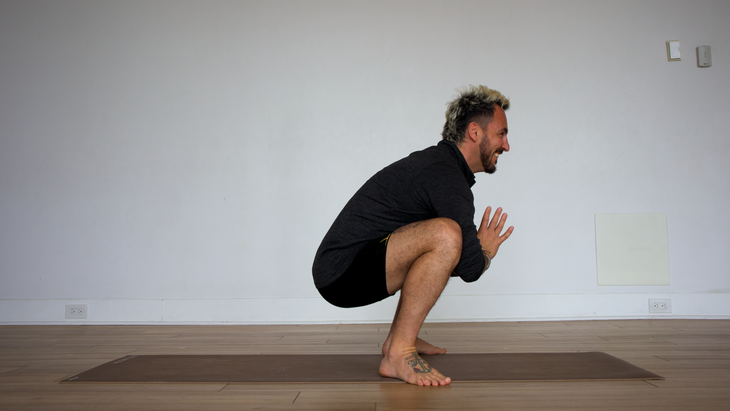
Yogi’s Squat | Malasana
The low-to-the-ground pose opens the hips and draws the torso between the thighs, establishing the closeness and direction needed for the leg-to-arm connection.
Standing Poses
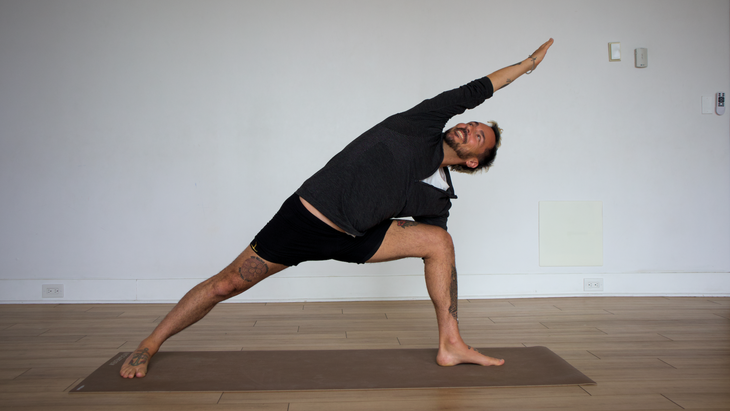
Extended Side Angle | Utthita Parsvakonasana
With the lower hand placed inside the front foot, Extended Side Angle creates space in the side waist and brings the torso closer to the inner thigh. It strengthens the connection between the leg and side body—an early exploration of the shape where arm and leg eventually bind.

Wide-Legged Forward Fold | Prasarita Padottanasana
This pose invites the trunk to move forward and down with the elbows bent, drawing the upper body between the legs. Folding inward, bending the arms, and bringing the torso into close contact with the legs lays the foundation for more integrated wrapping patterns.
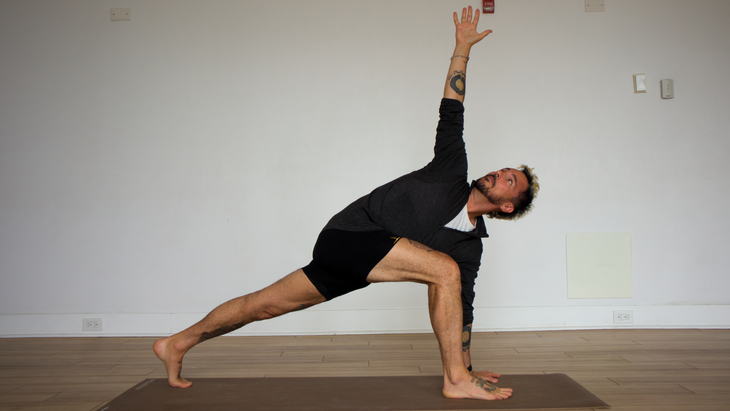
Revolved Side Angle | Parivrtta Parsvakonasana
This twist teaches the body to rotate deeply while staying compact and connected. With the arm crossing the thigh and the chest turning, the side waist lengthens and the abdomen coils over the bent leg. Revolved Side Angle refines the action of binding through rotation and compression. Lift your back heel if needed.
Standing Balance Pose
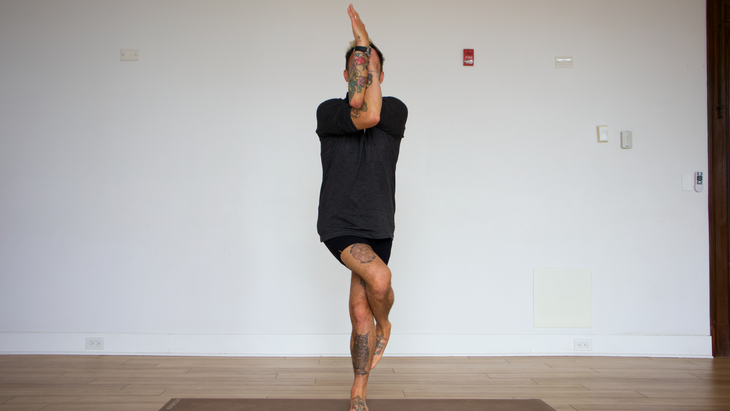
Eagle Pose | Garudasana
This balancing pose trains the action of wrapping the legs while drawing everything toward the midline. Eagle Pose builds strength, coordination, and containment—skills that stabilize more complex coiled shapes.
Abdominals
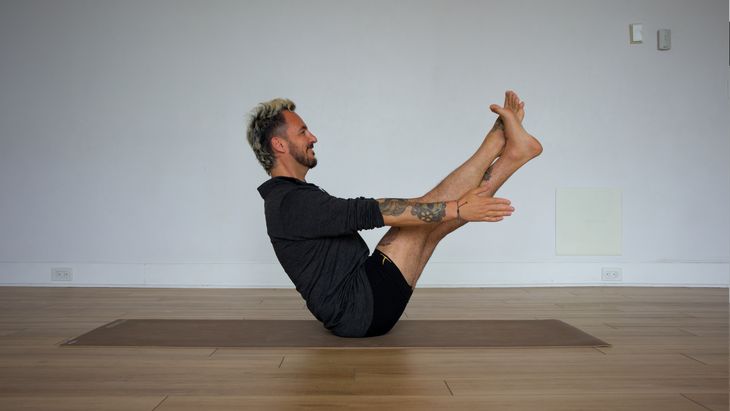
Modified Boat Pose with Leg Wrap | Navasana
This variation of Boat Pose teaches the legs to wrap and the spine to lift. Intertwining the thighs and ankles while staying upright challenges the body to stay compact without collapsing—refining the same hook-and-lift pattern we need later.
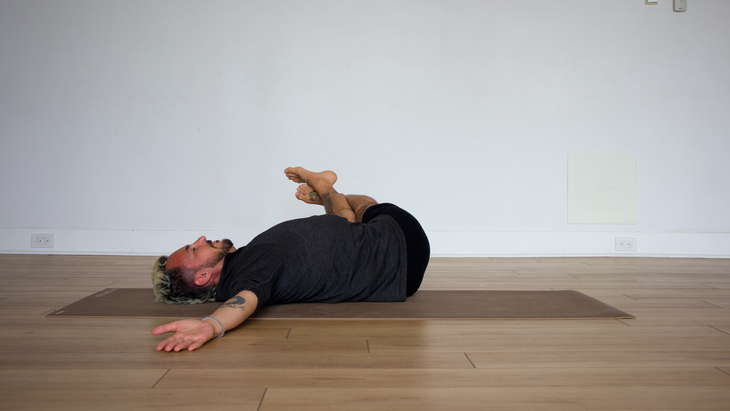
Reclined Revolved Belly Pose | Jathara Parivartanasana
This pose develops rotational strength through the center as the legs move and the upper body stays anchored. It builds control to twist, stabilize, and draw inward without losing clarity or length.
Peak Pose
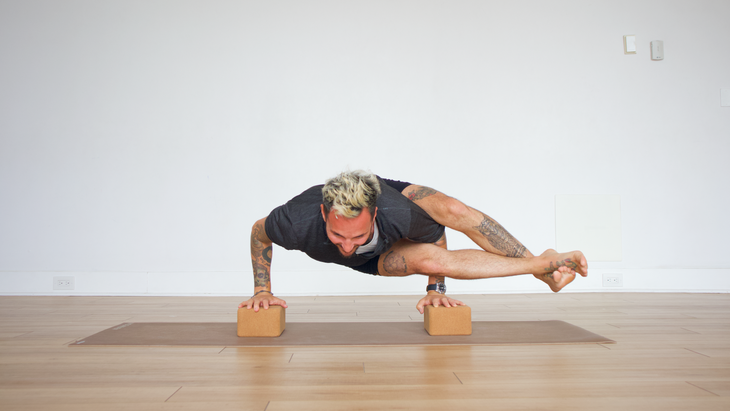
Eight-Angle Pose | Astavakrasana
This is the shape we’ve been building toward—the legs intertwine like in Garudasana, the torso turns as in Revolved Side Angle, and the arm-to-thigh contact echoes Lizard and Malasana.
To enter Astavakrasana, sit with your legs extended. Bend one knee and hook the thigh high onto the upper arm. Cross your ankles tightly. Plant your hands beside your hips, fingers spread wide. Then lean forward, press down, and lift—letting the body shift until it finds its center. The legs extend out to the side as the torso stays lifted and compact.
Like the sage it’s named for, the pose asks you to face difficulty directly—with clarity and steadiness. Although the path twists and coils, there’s no need to force it. By now, you know the map. You’ve practiced every part. The shape reveals itself.
Cool Down
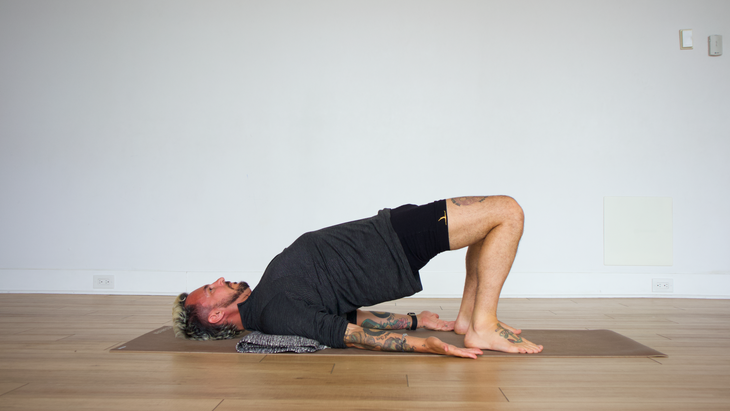
Bridge Pose | Setu Bandha Sarvangasana
This pose opens the front body after all the forward folding, wrapping, and arm pressing. The chest expands, the shoulders root, and the spine lengthens—offering a supported rebound from the compact strength of the peak.
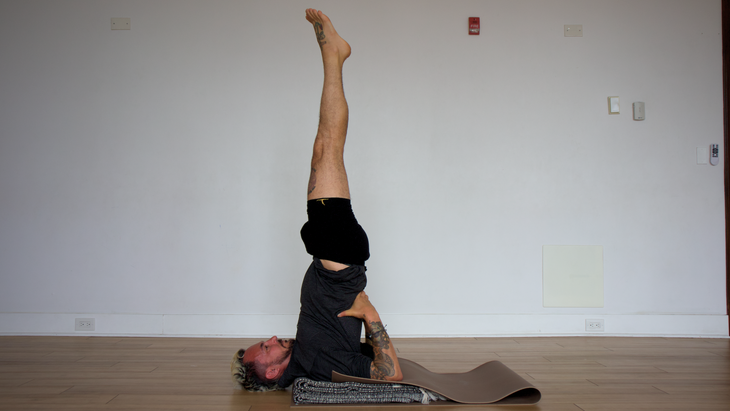
Shoulderstand | Sarvangasana
This inversion shifts the energy. After all the coiling, twisting, and lifting, it brings quiet balance. The legs draw together, the breath slows, and the gaze turns inward—restoring clarity and calm to close the practice.
Final Thoughts
Astavakrasana isn’t about perfection—it’s about integration. You don’t need to straighten every line to find the heart of Eight-Angle Pose. You just need to take your time, build slowly, and stay steady—even as things twist, bind, or unravel.
Like the sage himself, you might feel bent, but your insight? That’s always straight.

